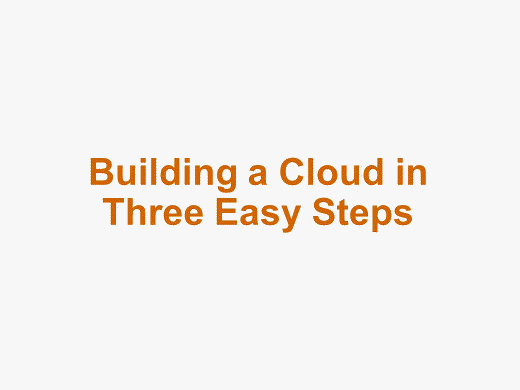Build a Cloud in Three Easy Steps
Occasionally I get a question about some totally impossible implementation detail (example: can we use OpenStack OVS plugin on VMware to avoid buying NSX?). These questions are often coming from people who painted themselves into a corner and are now desperately looking for MacGyver’s shoelaces to pull themselves out.
It’s easy to blame the engineer who tries to do the obviously impossible, but it’s often not his fault – these days a lot of technical people get pulled into the game of Build a Cloud in Three Easy Steps.
DIY aficionados who overextend themselves because “they can build the cloud” (even though they never did that before) are an obvious exception – their organization deserves the cloud they get because they let them loose.
Instead of trying to figure out whether to use overlay virtual network with GRE or VXLAN encapsulation, try to grasp the big picture first:
- What services will our cloud offer?
- Who is the customer?
- How many customers will we have?
- What is the expected workload size?
- What is the expected growth?
- Will we have multiple tenants (or applications-as-tenants)?
Based on the answers to these questions, you’ll be able to figure out how big a network you need, and you might figure out that you don’t more than two ToR switches, in which case you don’t really have a problem anymore.
Need more?
Start with this video to get into the proper mindset, then watch the Building a Private Cloud Infrastructure webinar and other cloud computing and networking webinars.


Valid points though. Requirements drive the solution, not the other way around.
http://www.youtube.com/watch?v=BKorP55Aqvg
Someone will wind up with a budget hit and project resources with no way to tie any of the expenses to the benefits you should be realizing from the cloud strategy. Ask me how I know...
CWB